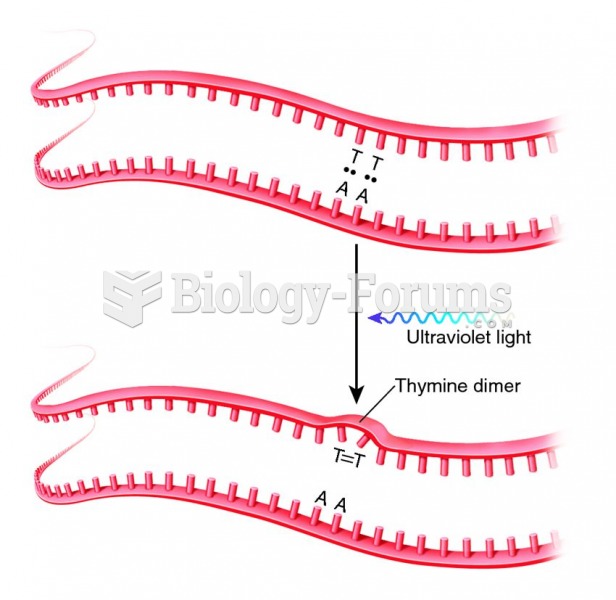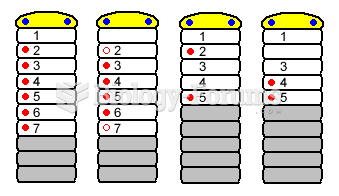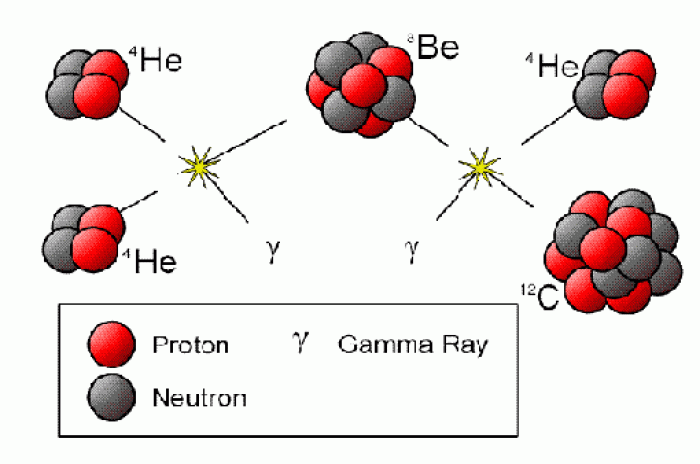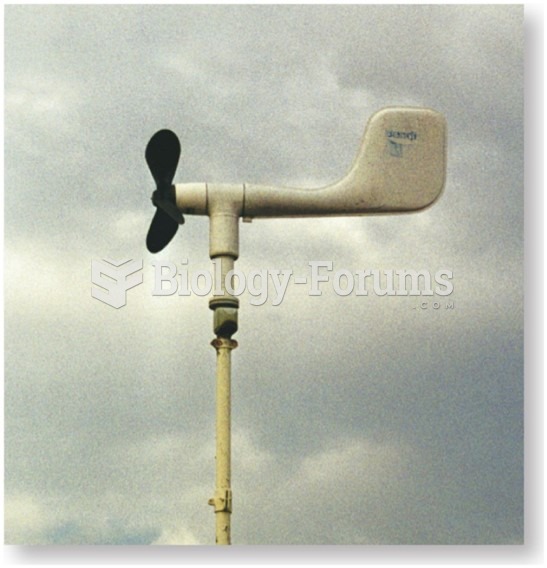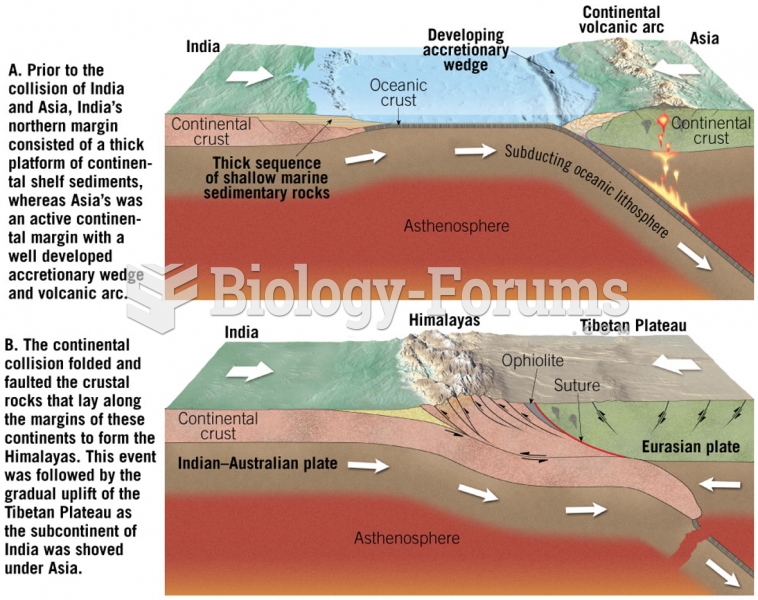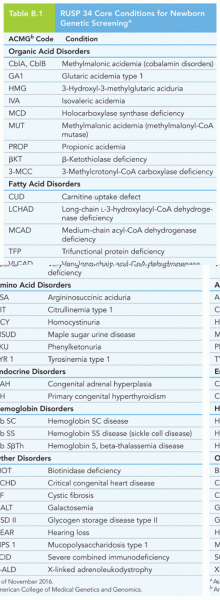Answer to Question 1
ANSWER: Santa Ana wind is a warm, dry wind that blows downhill from the east or northeast into southern California. As the air descends from the elevated desert plateau, it funnels through mountain canyons in the San Gabriel and San Bernardino Mountains, finally spreading over the Los Angeles Basin and San Fernando Valley and out over the Pacific Ocean. The wind often blows with exceptional speedoccasionally over 90 knotsin the Santa Ana Canyon (the canyon from which it derives its name). These warm, dry winds develop as a region of high pressure builds over the Great Basin. The clockwise circulation around the anticyclone forces air downslope from the high plateau. Thus, compressional heating provides the primary source of warming. The air is dry, since it originated in the desert, and it dries out even more as it is heated. As the wind rushes through canyon passes, it lifts dust and sand and dries out vegetation, which sets the stage for serious brush fires, especially in autumn, when chaparral-covered hills are already parched from the dry summer.
Answer to Question 2
ANSWER: Answers may vary, but sketches need to include information such as the following. The chinook wind is a warm, dry downslope wind that descends the eastern slope of the Rocky Mountains. The region of the chinook is rather narrow (only several hundred kilometers wide) and extends from northeastern New Mexico northward into Canada. Similar winds occur along the leeward slopes of mountains in other regions of the world. The general term for such a wind is the foehn (a name that originated in the European Alps), but there are many local names, such as the zonda in Argentina. When foehn winds move through an area, the temperature rises sharply, and a corresponding sharp drop in the relative humidity occurs, occasionally to less than 5 percent.
In North America, chinooks occur when strong westerly winds aloft flow over a north-southtrending mountain range, such as the Rockies and Cascades. Such conditions can produce a trough of low pressure on the mountains eastern side, a trough that tends to force the air downslope. As the air descends, it is compressed and warms at the dry adiabatic rate. So the main source of warmth for a chinook is compressional heating, as potentially warmer (and drier) air is brought down from aloft. Clouds and precipitation on the mountains windward side can enhance the chinook. For example, as the cloud forms on the upwind side of the mountain the release of latent heat inside the cloud supplements the compressional heating on the downwind side. This phenomenon makes the descending air at the base of the mountain on the downwind side warmer than it was before it started its upward journey on the windward side. The air is also drier, since much of its moisture was removed as precipitation on the windward side.
Chinook winds can be quite destructive, gusting to more than 100 knots, damaging roofs, uprooting trees, overturning mobile homes and trucks, and sandblasting car windows. Although the forces involved in these high winds are not completely understood, some evidence indicates that the highest gusts may be associated with large vertically oriented whirls of air.


